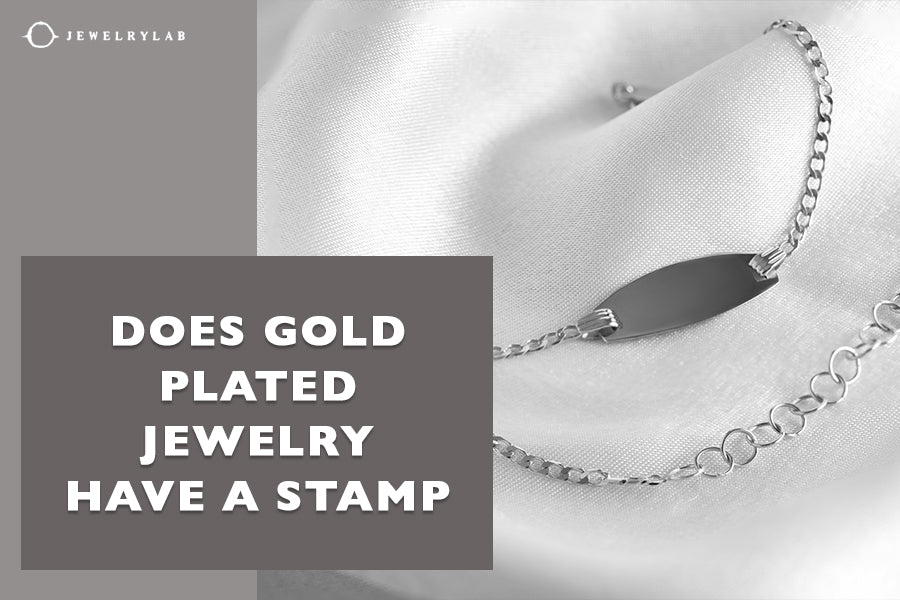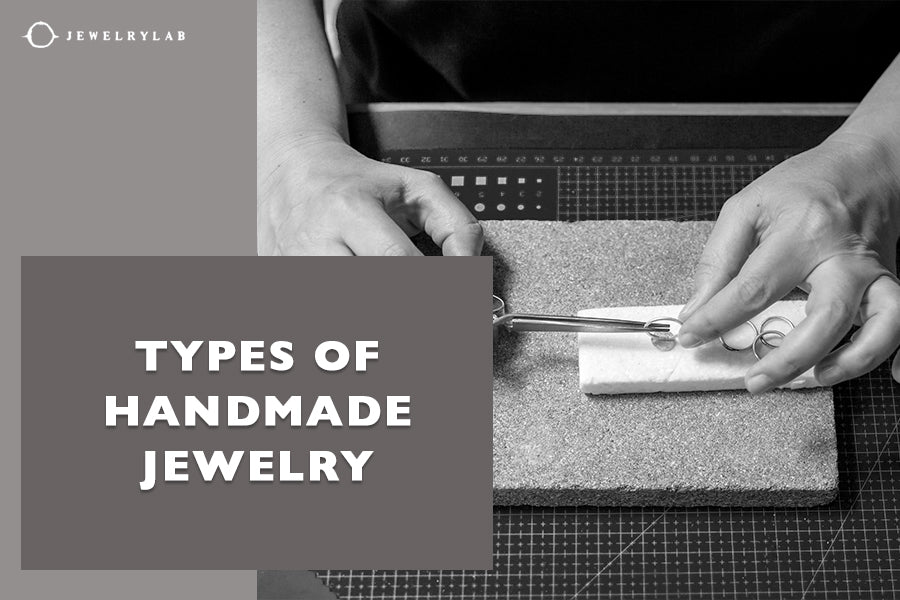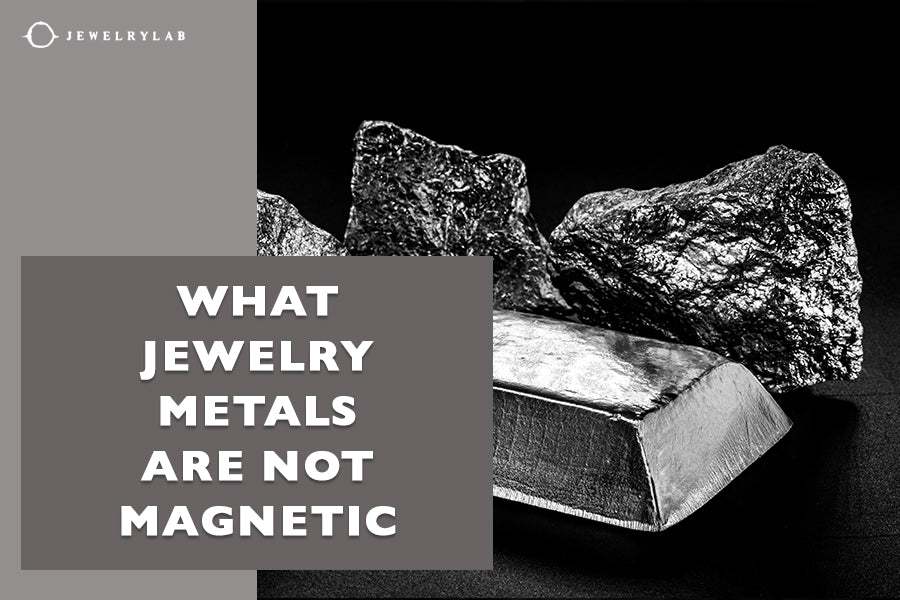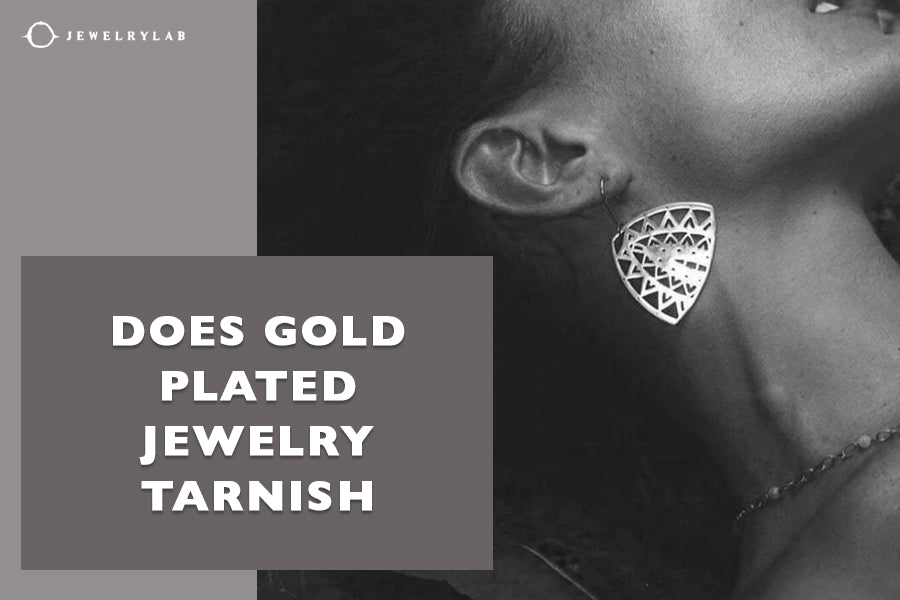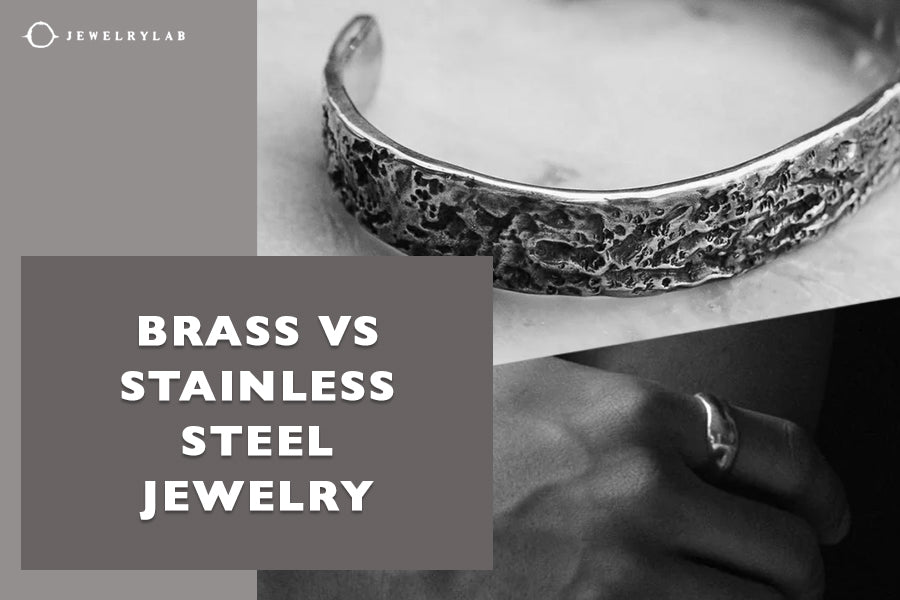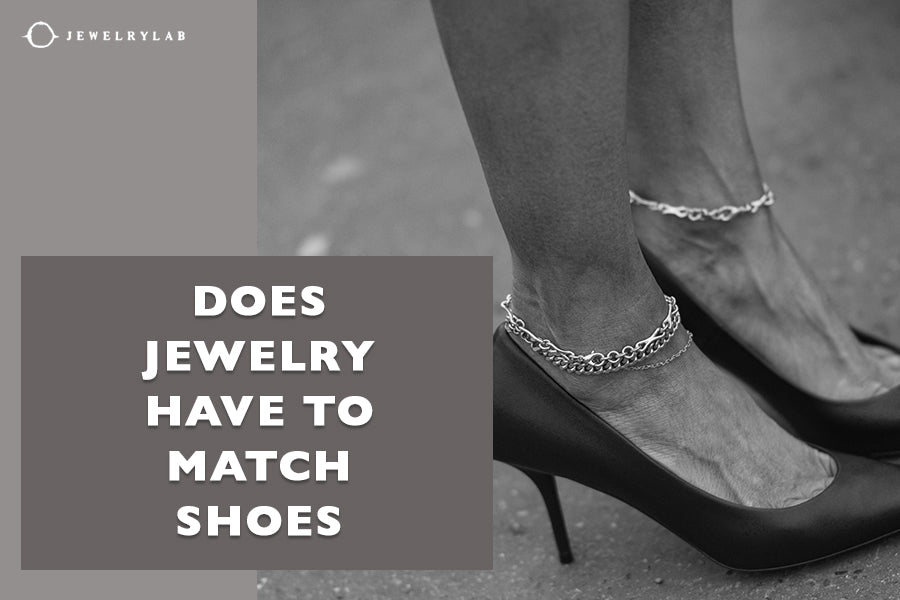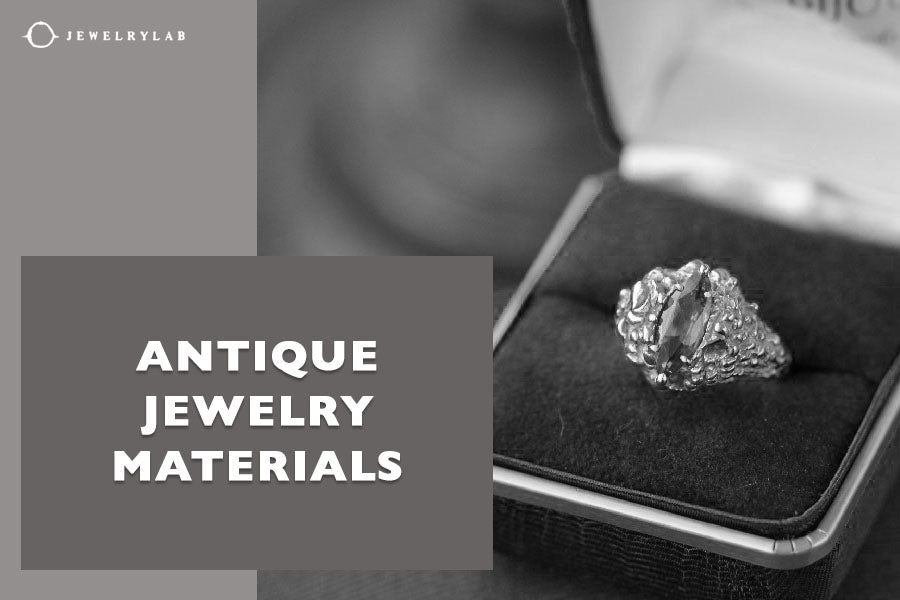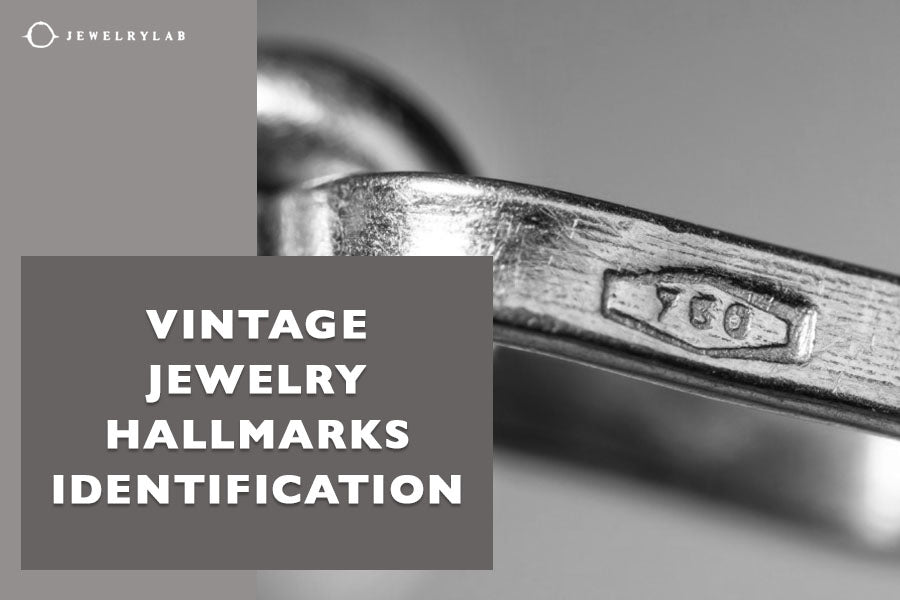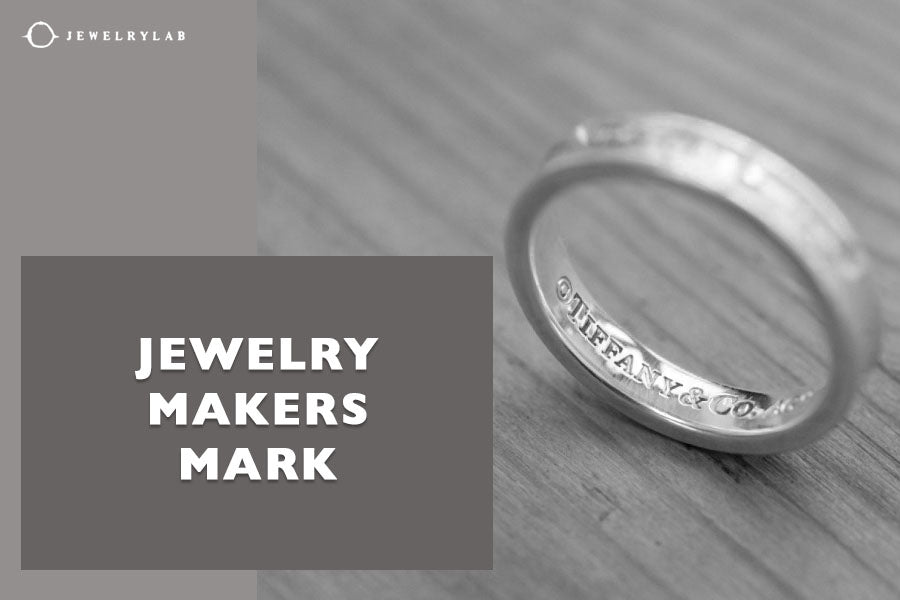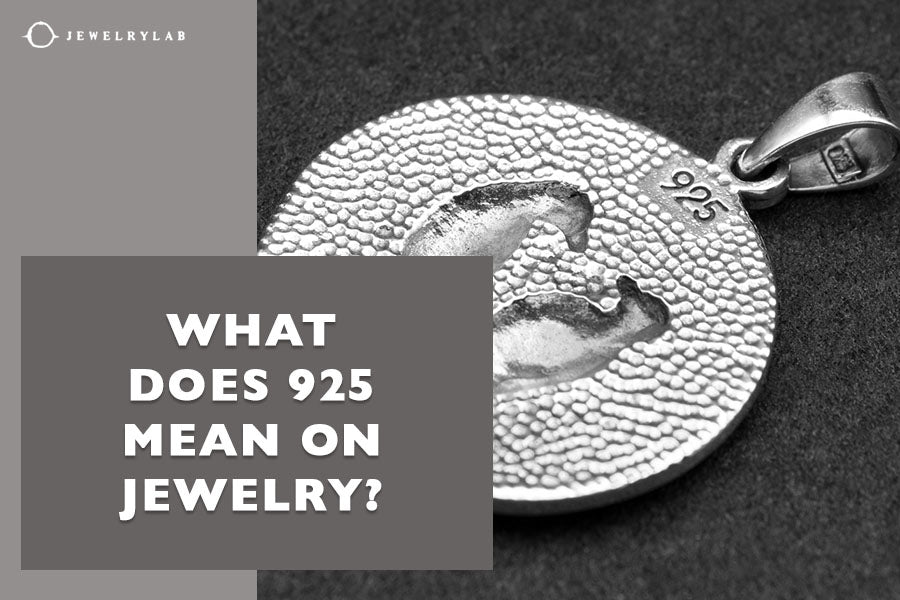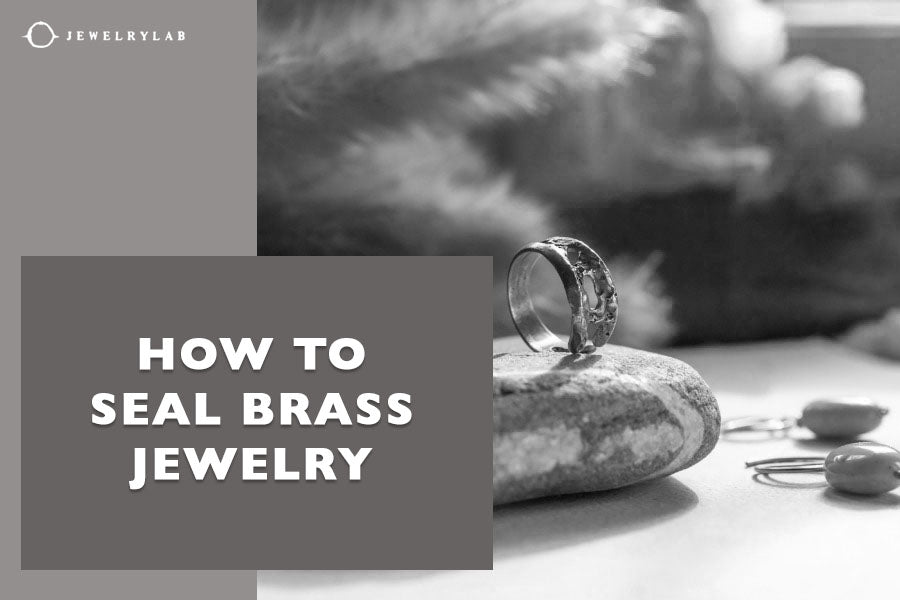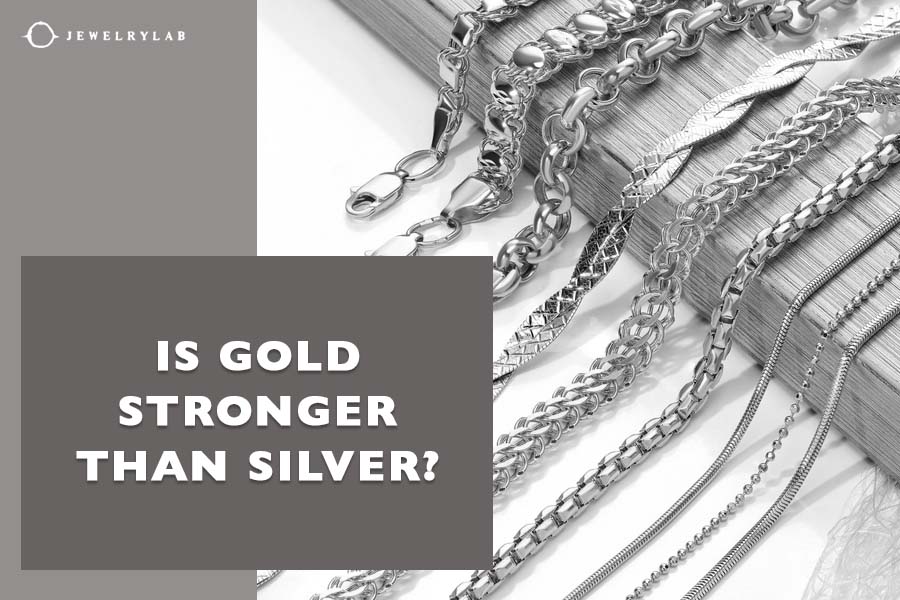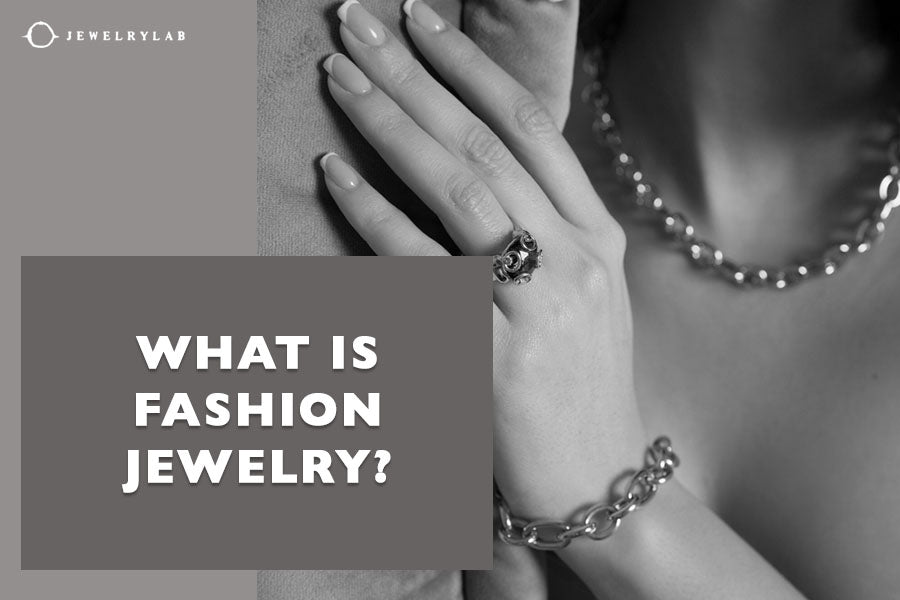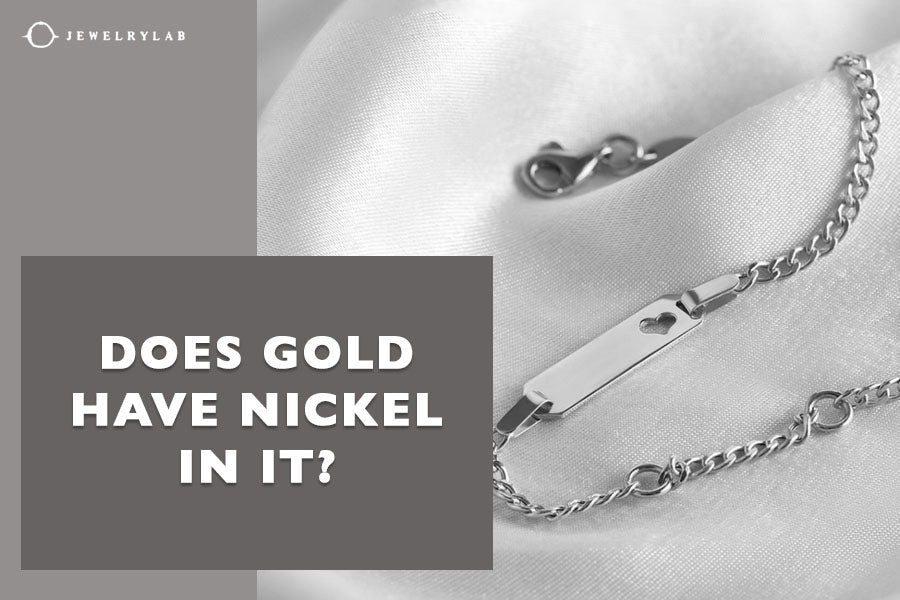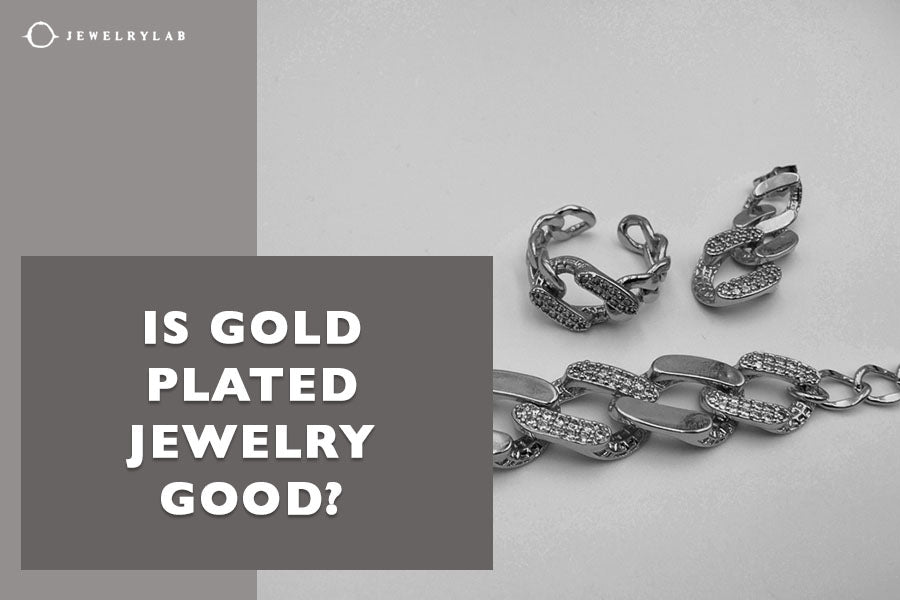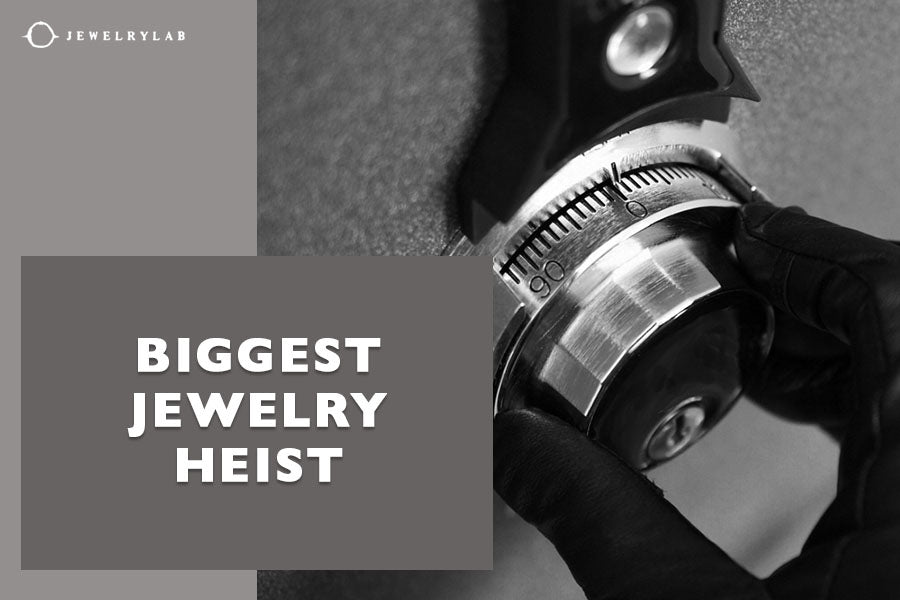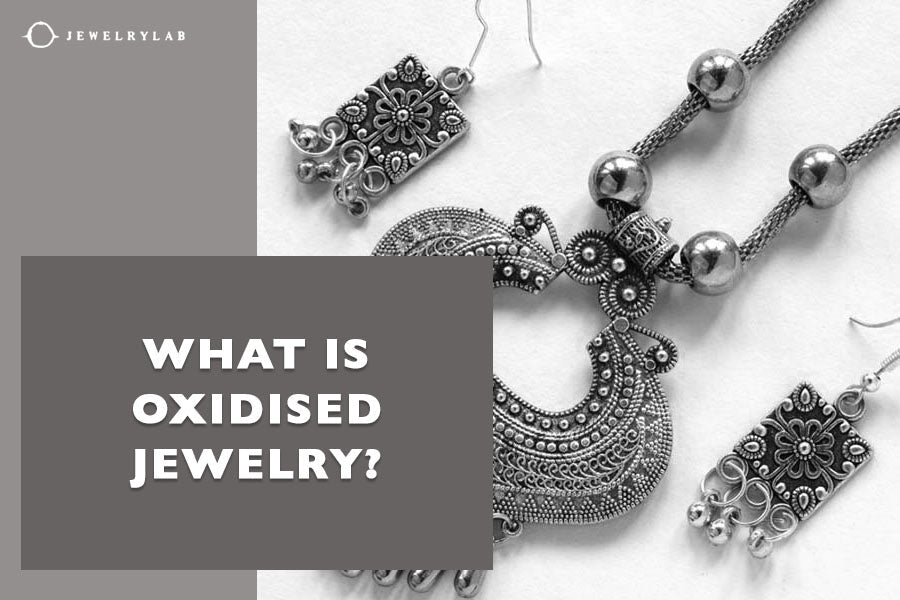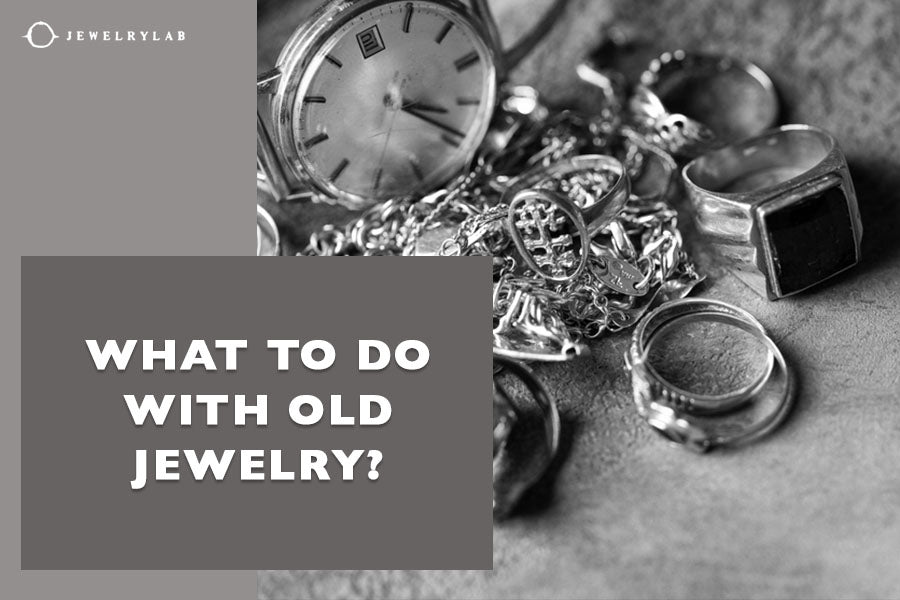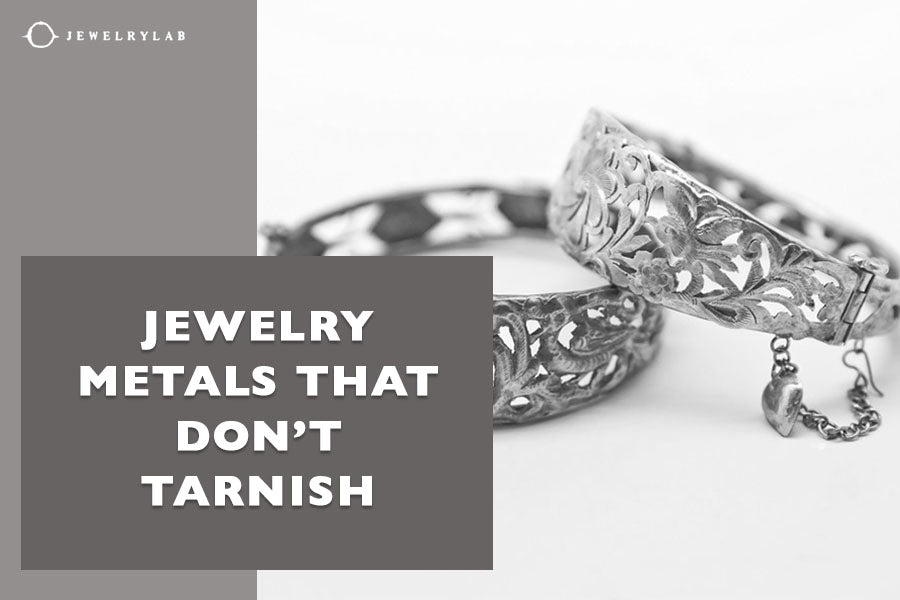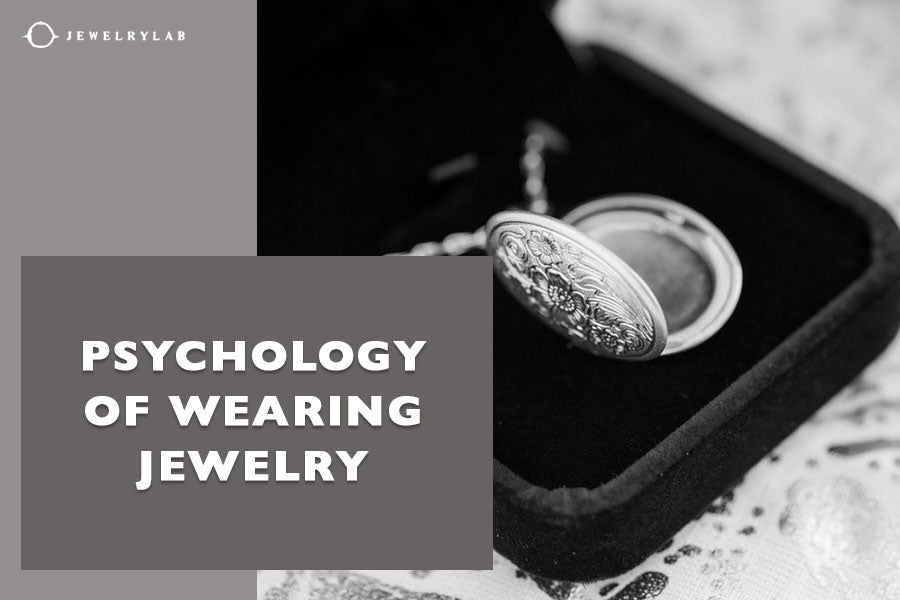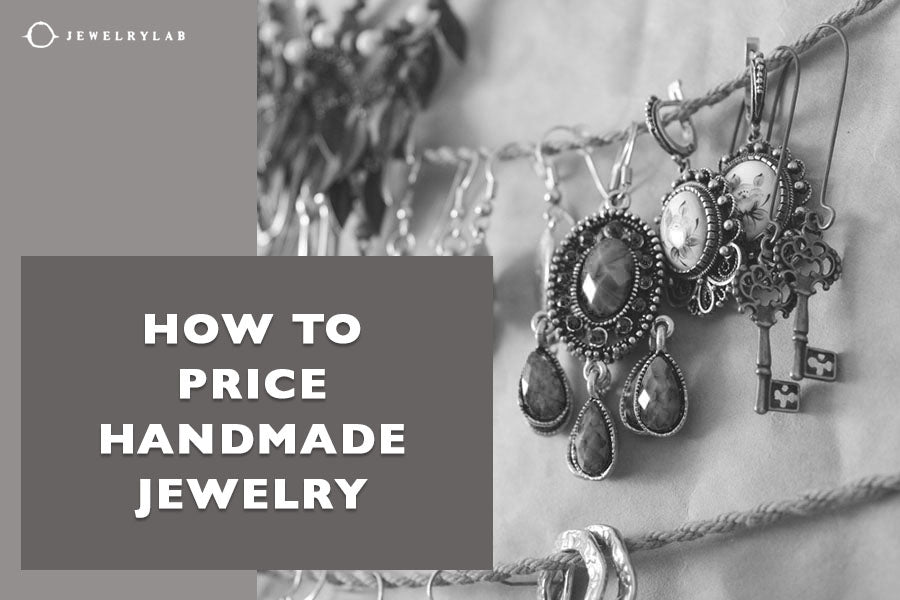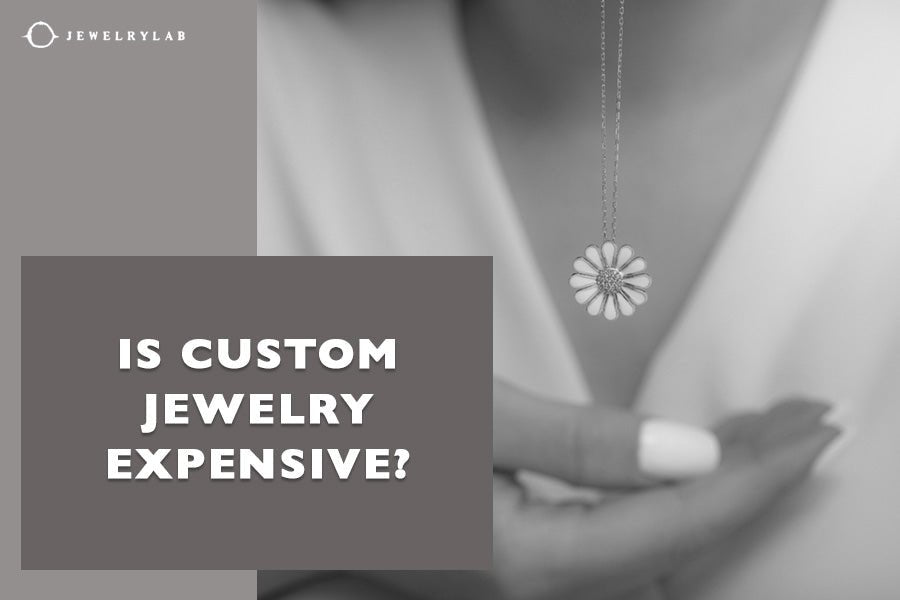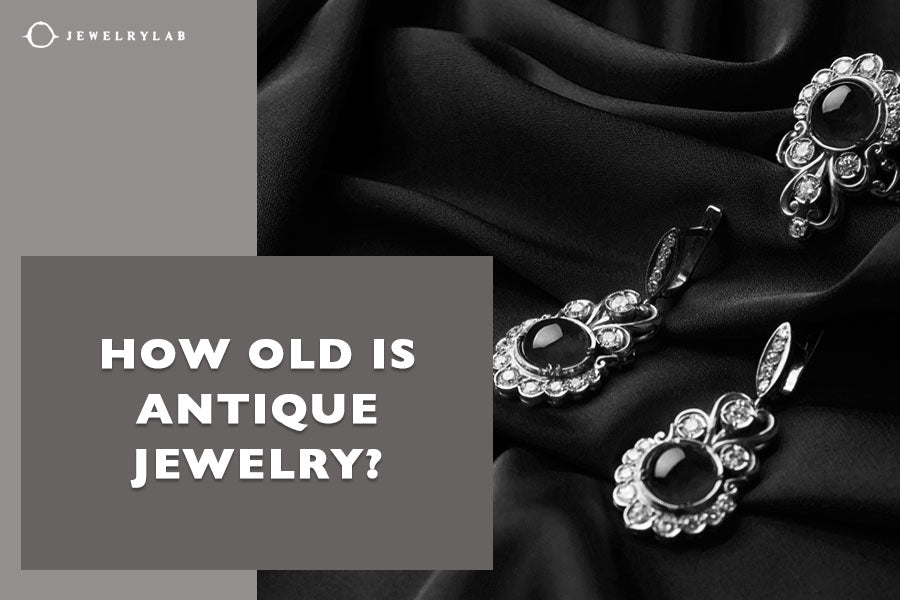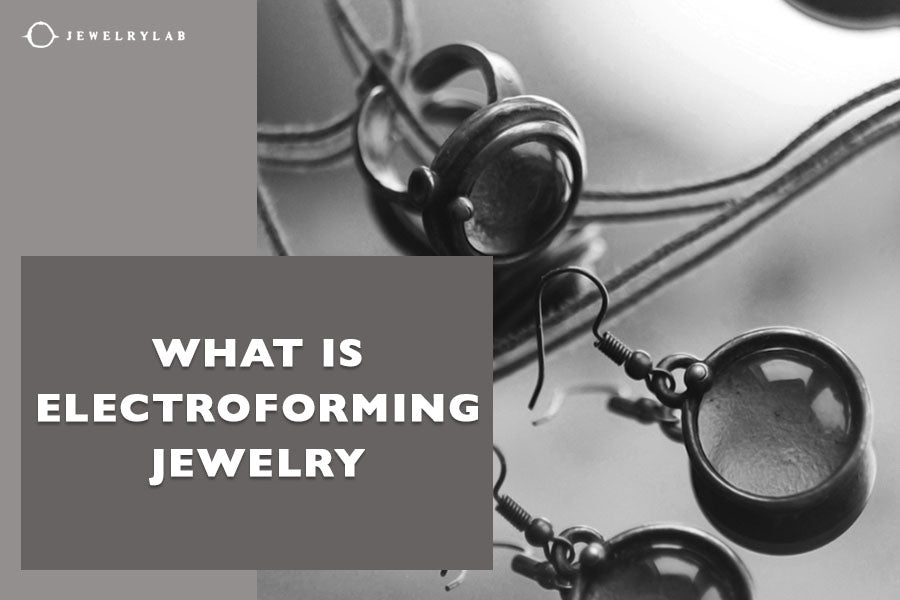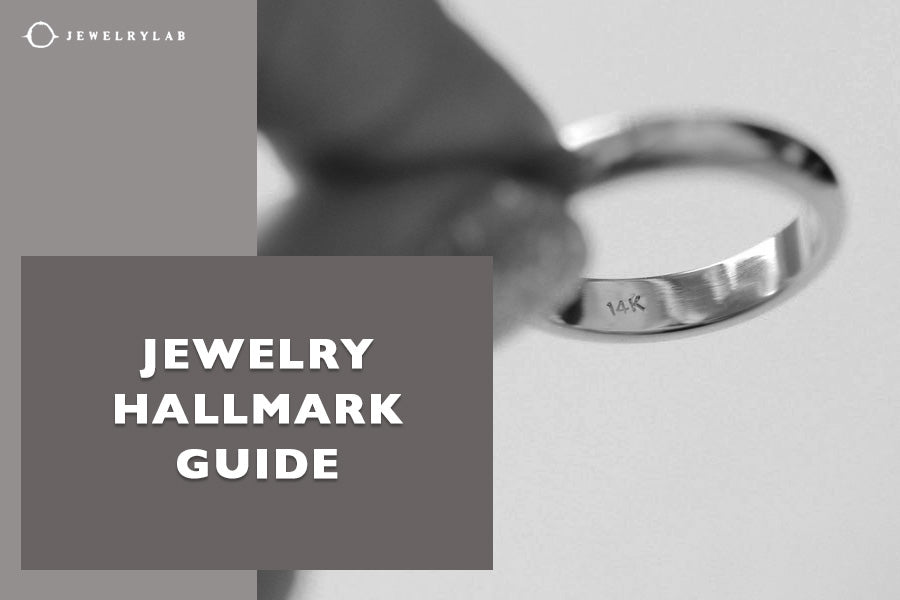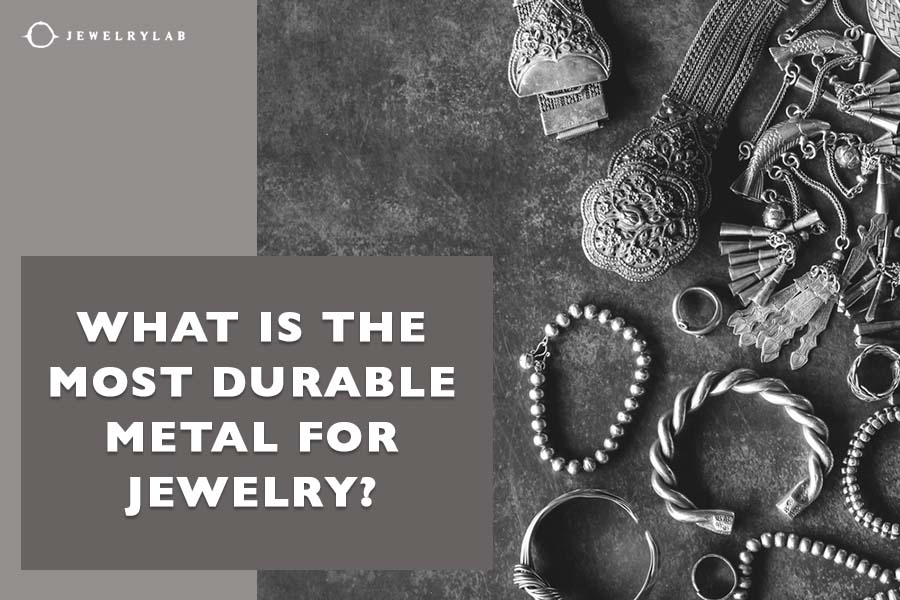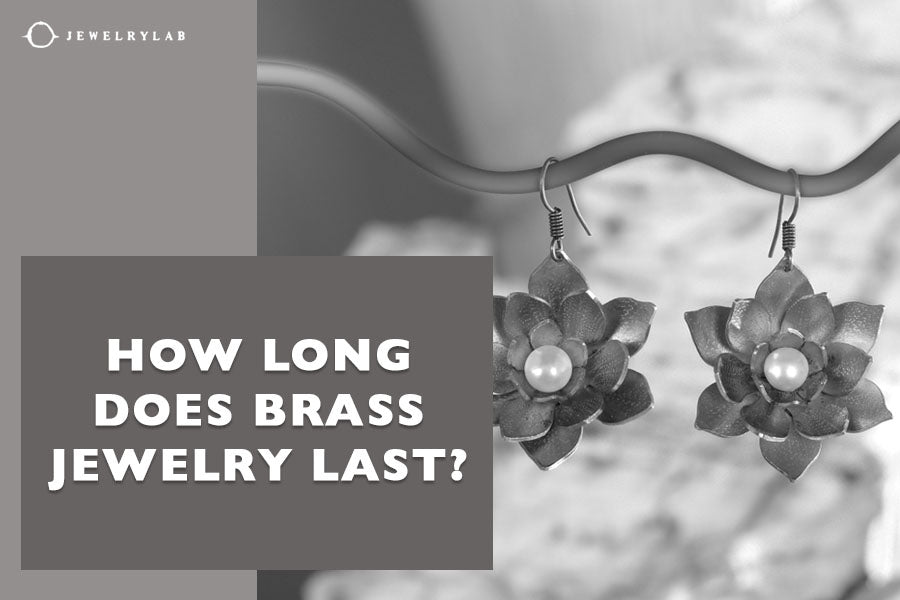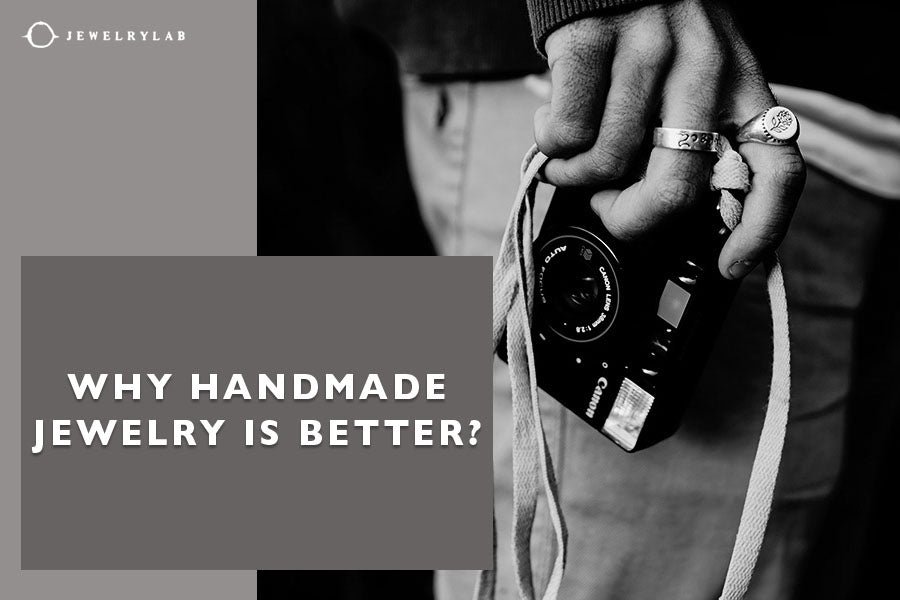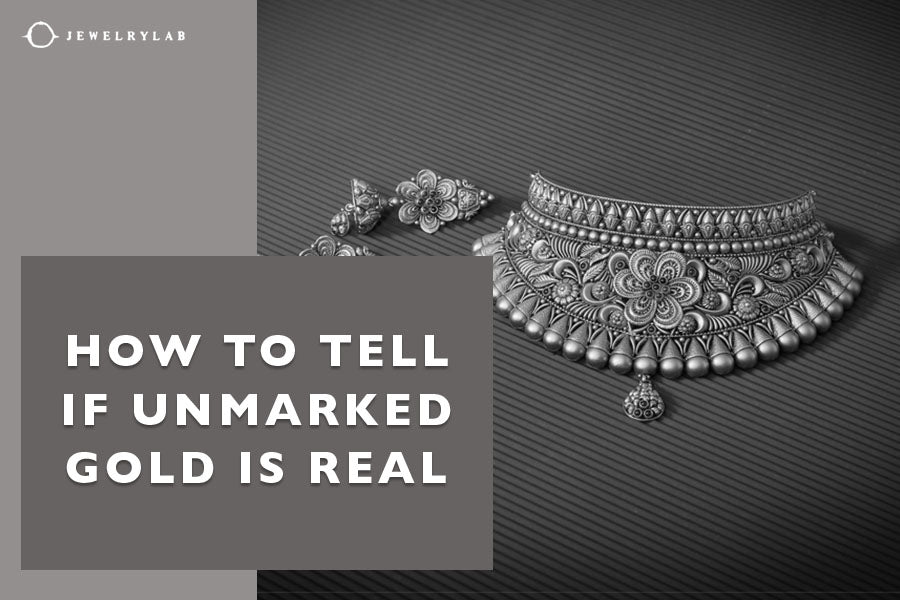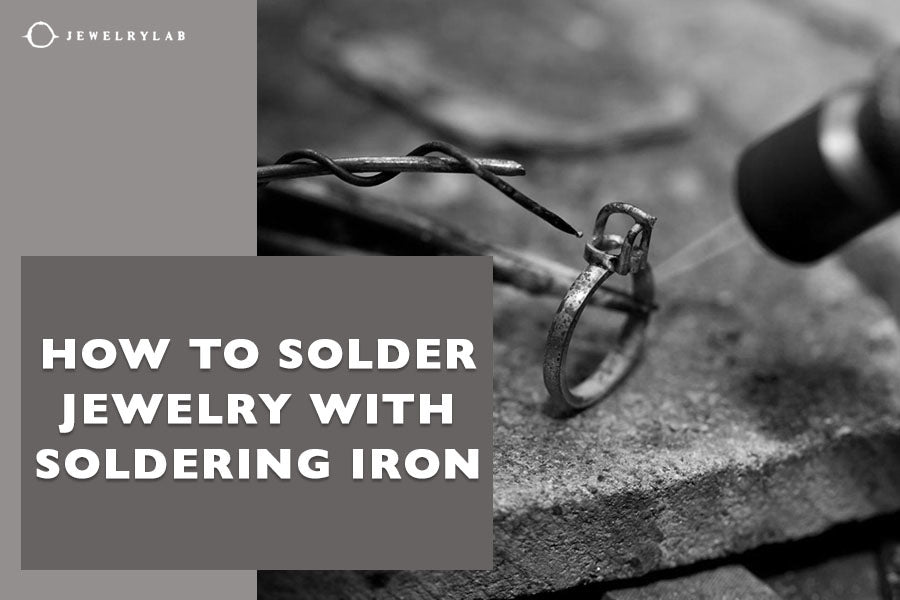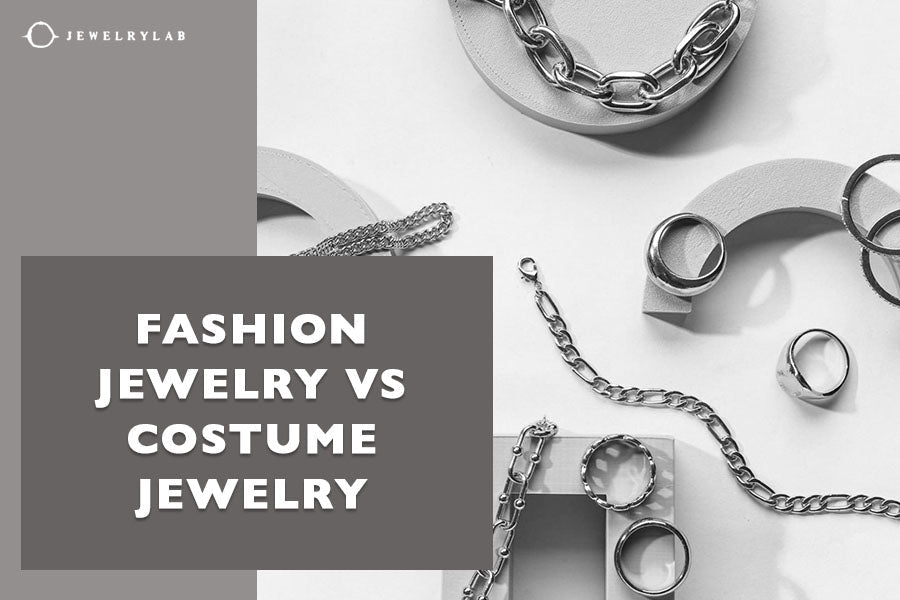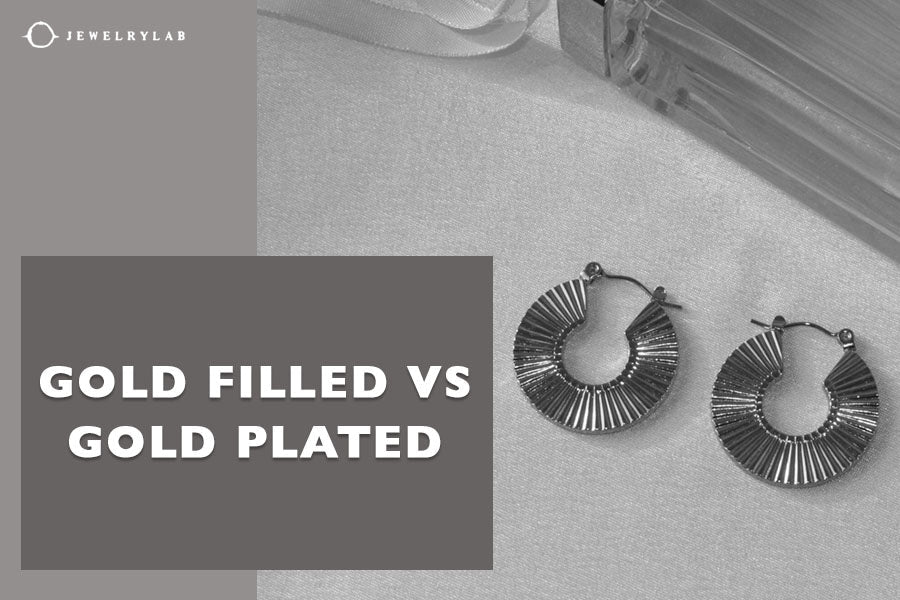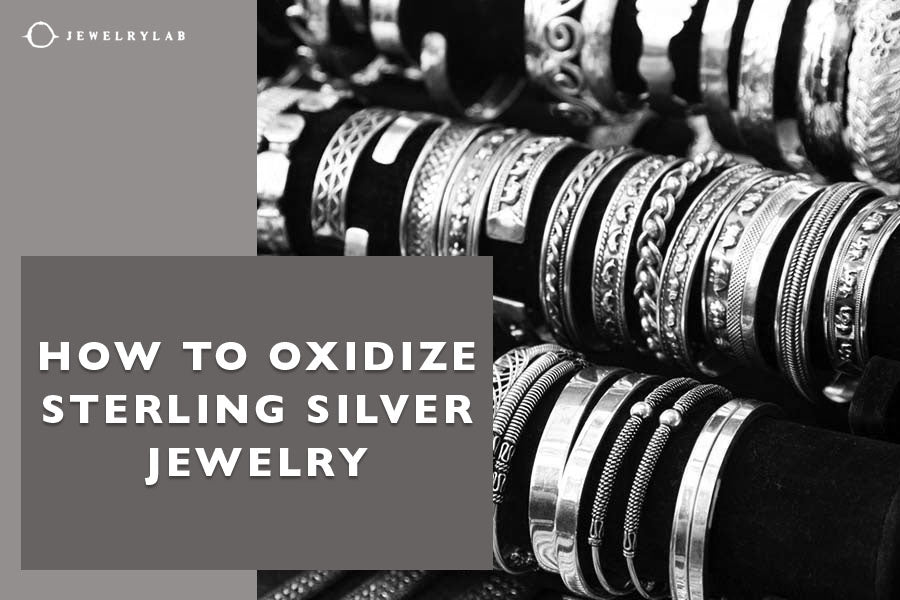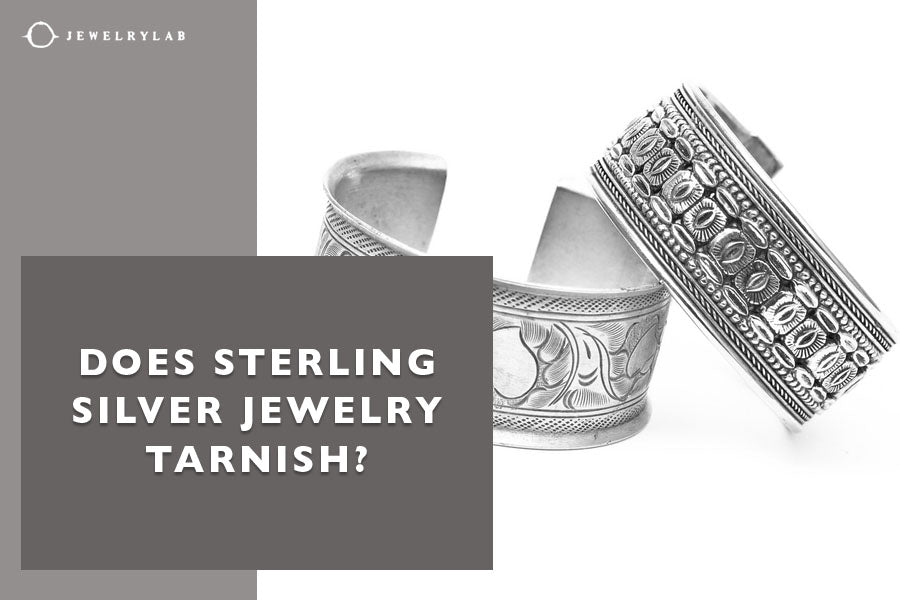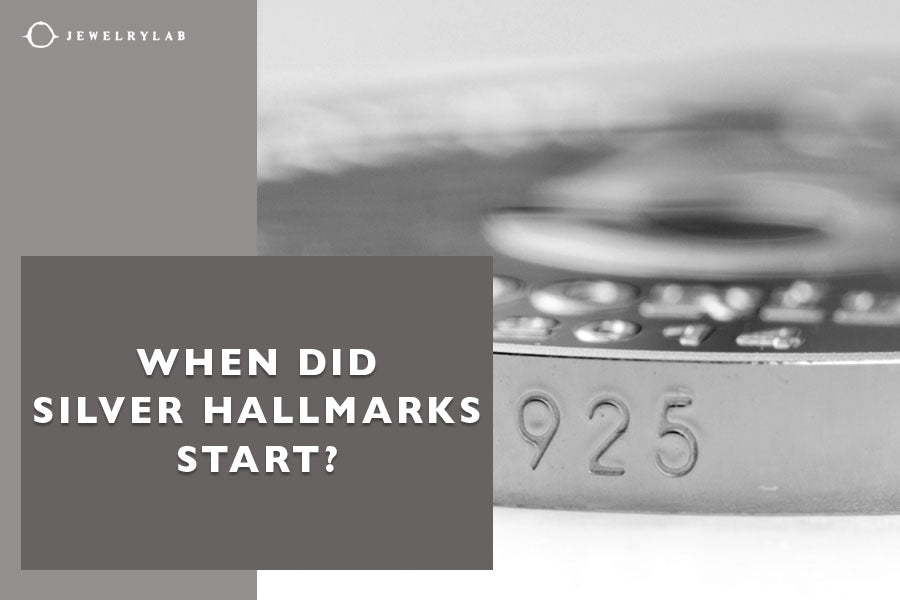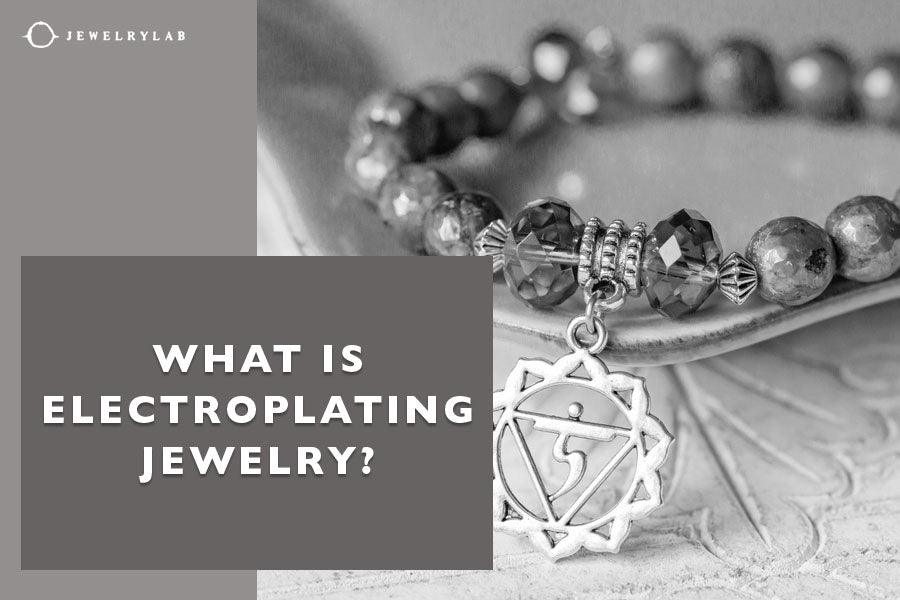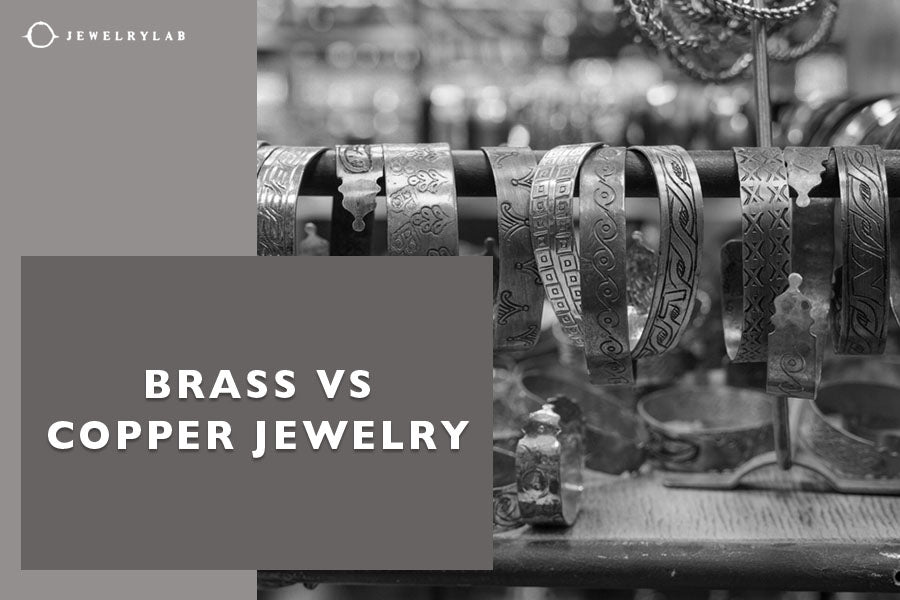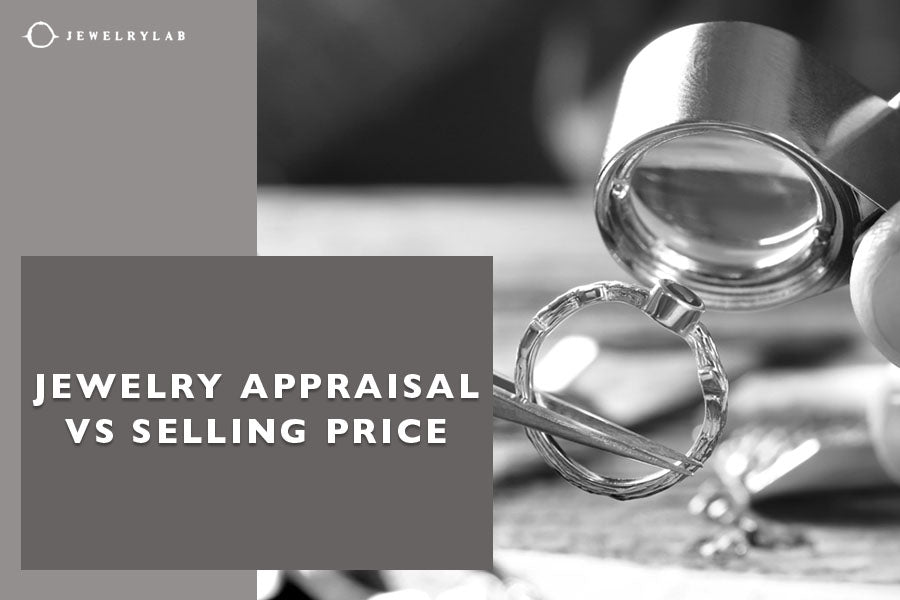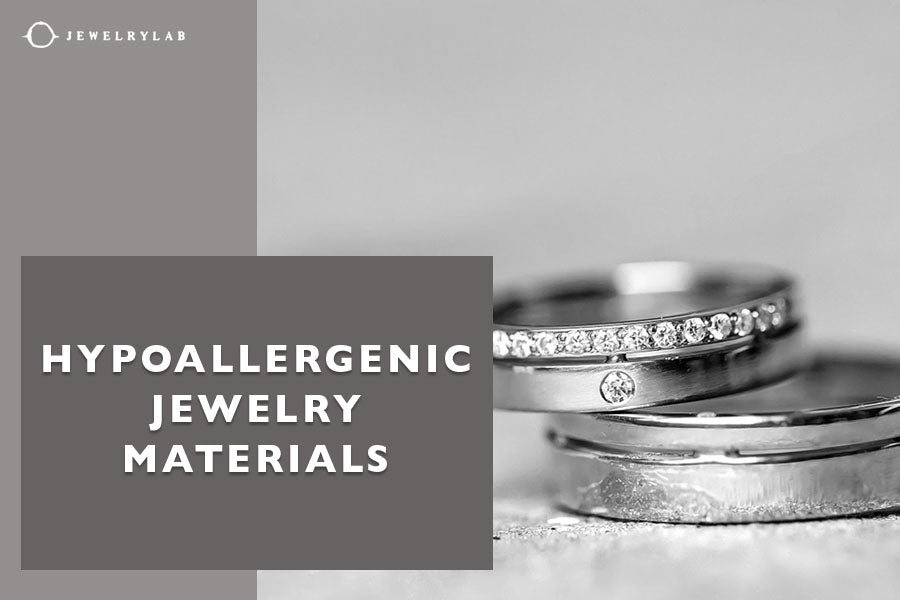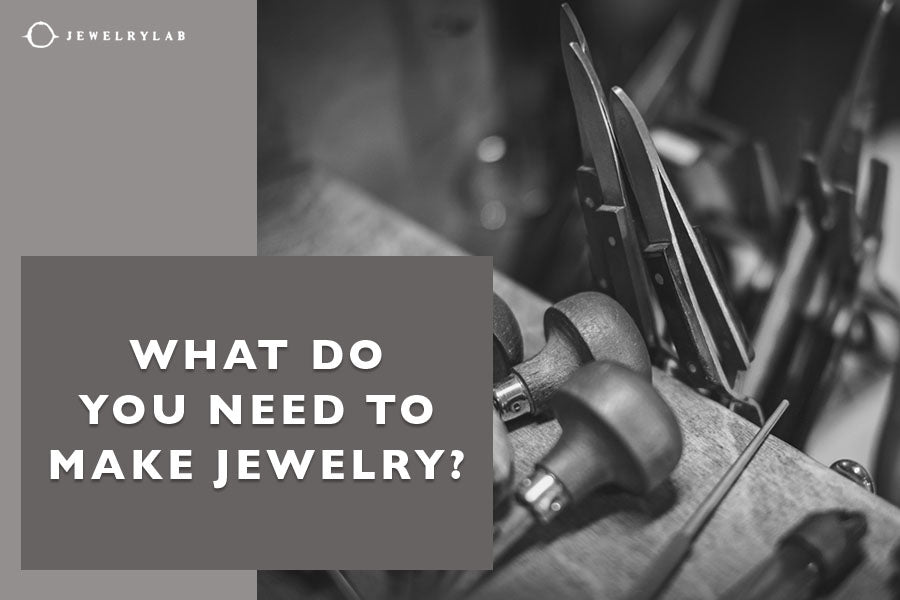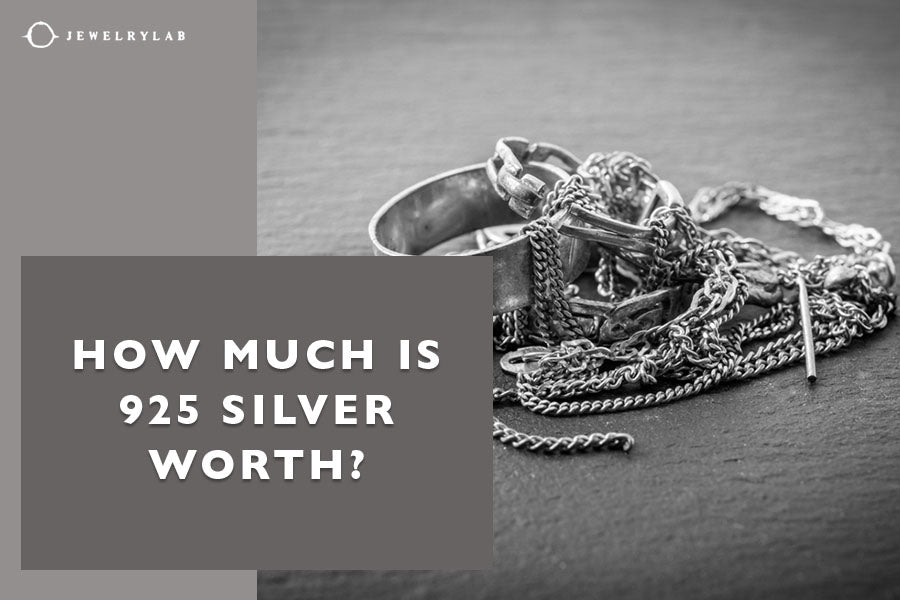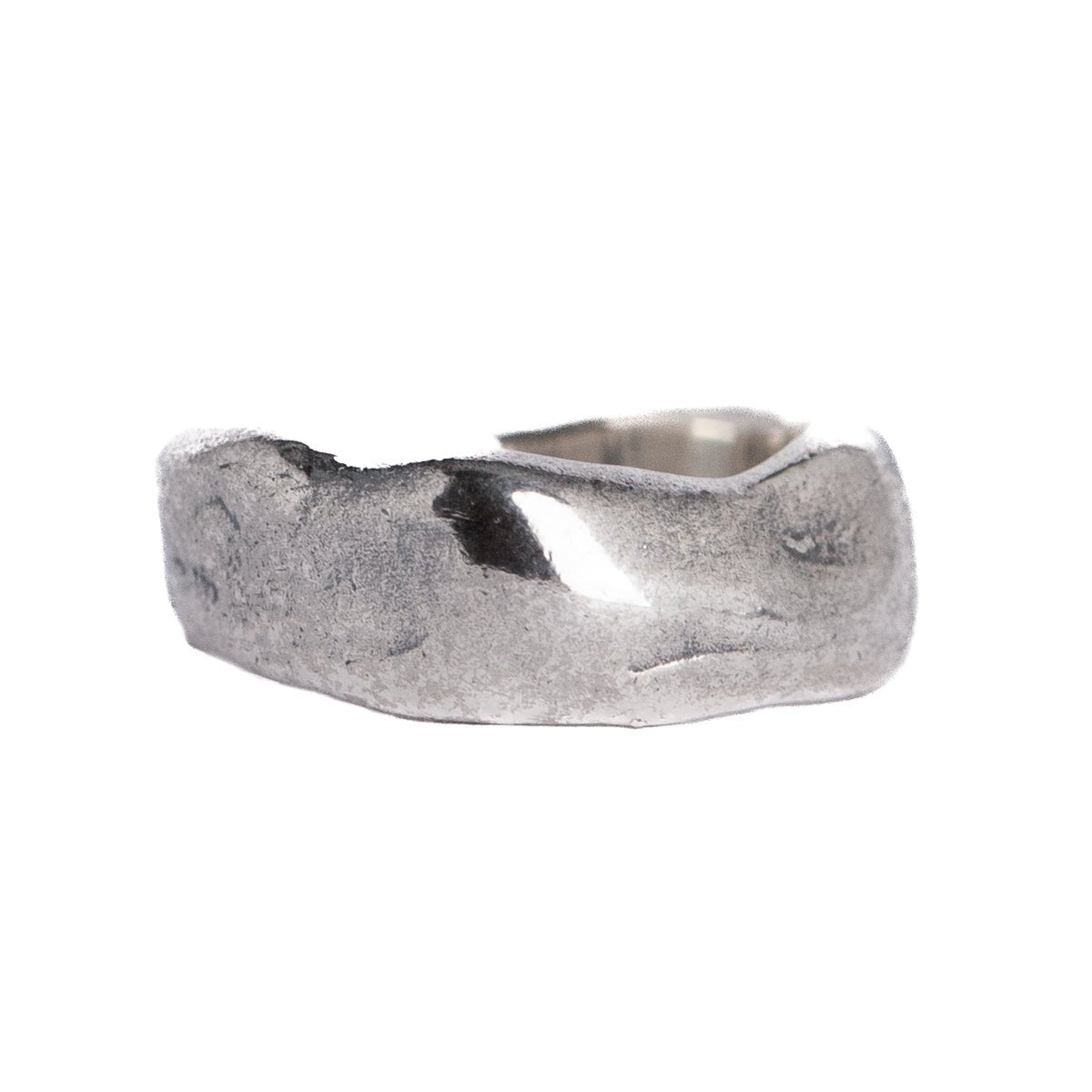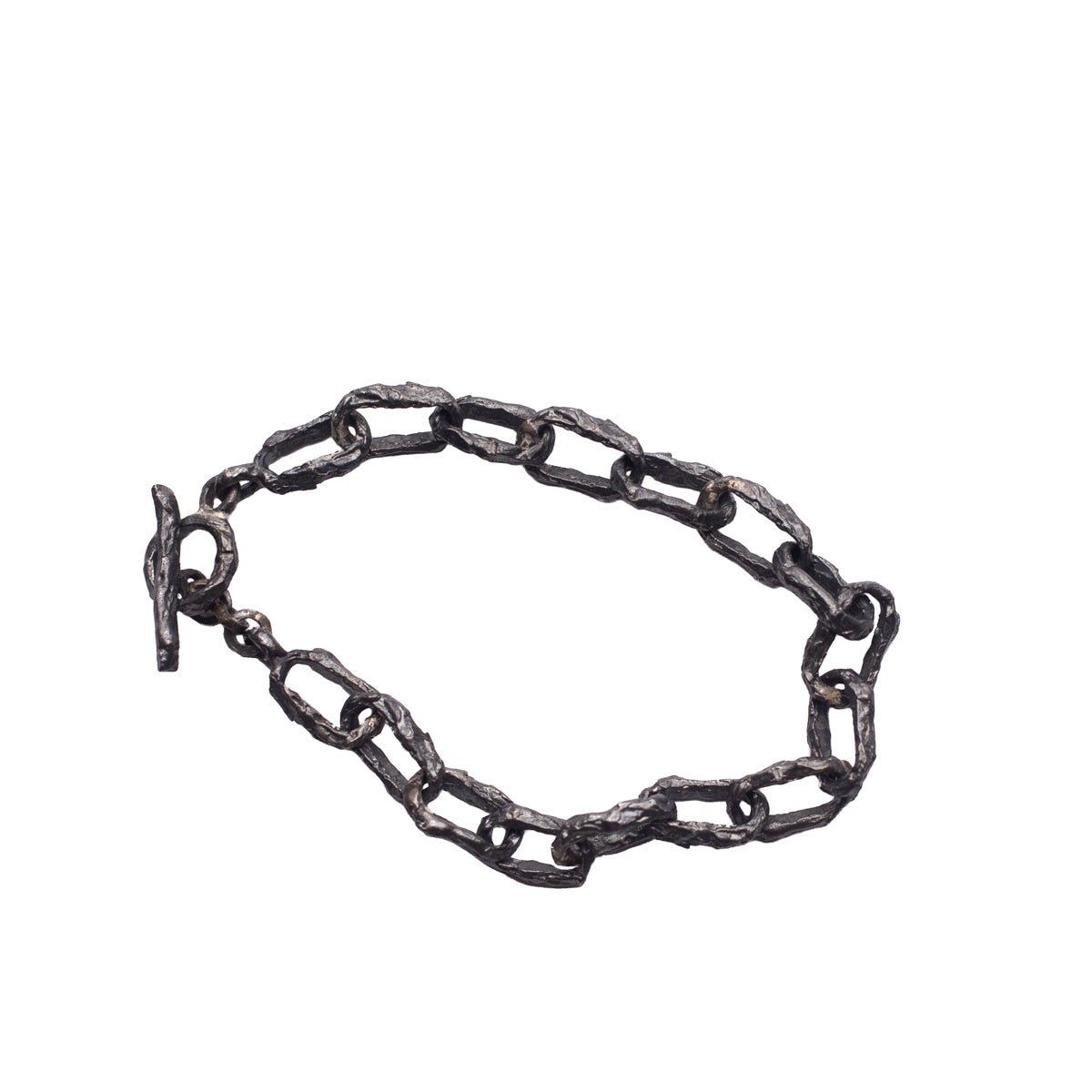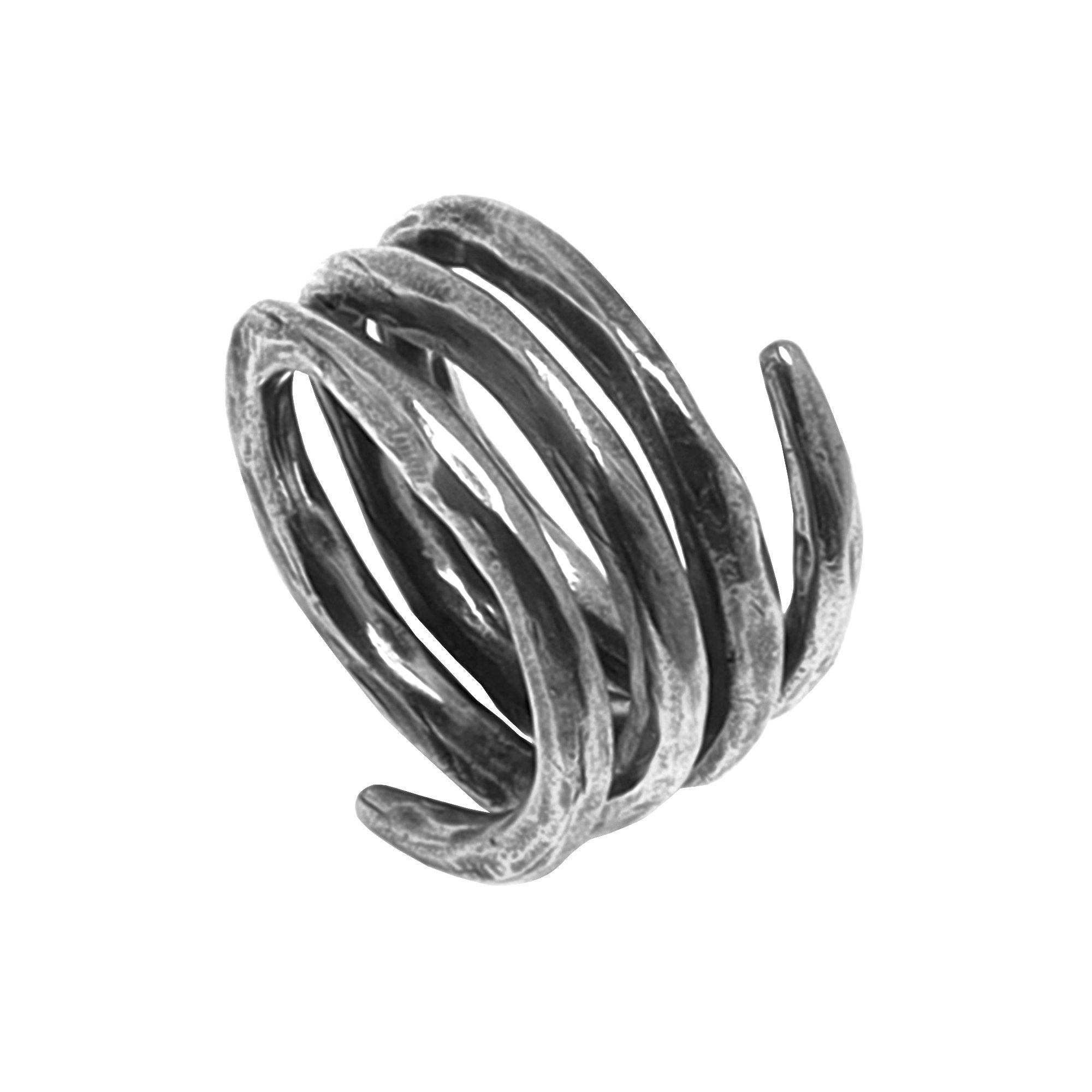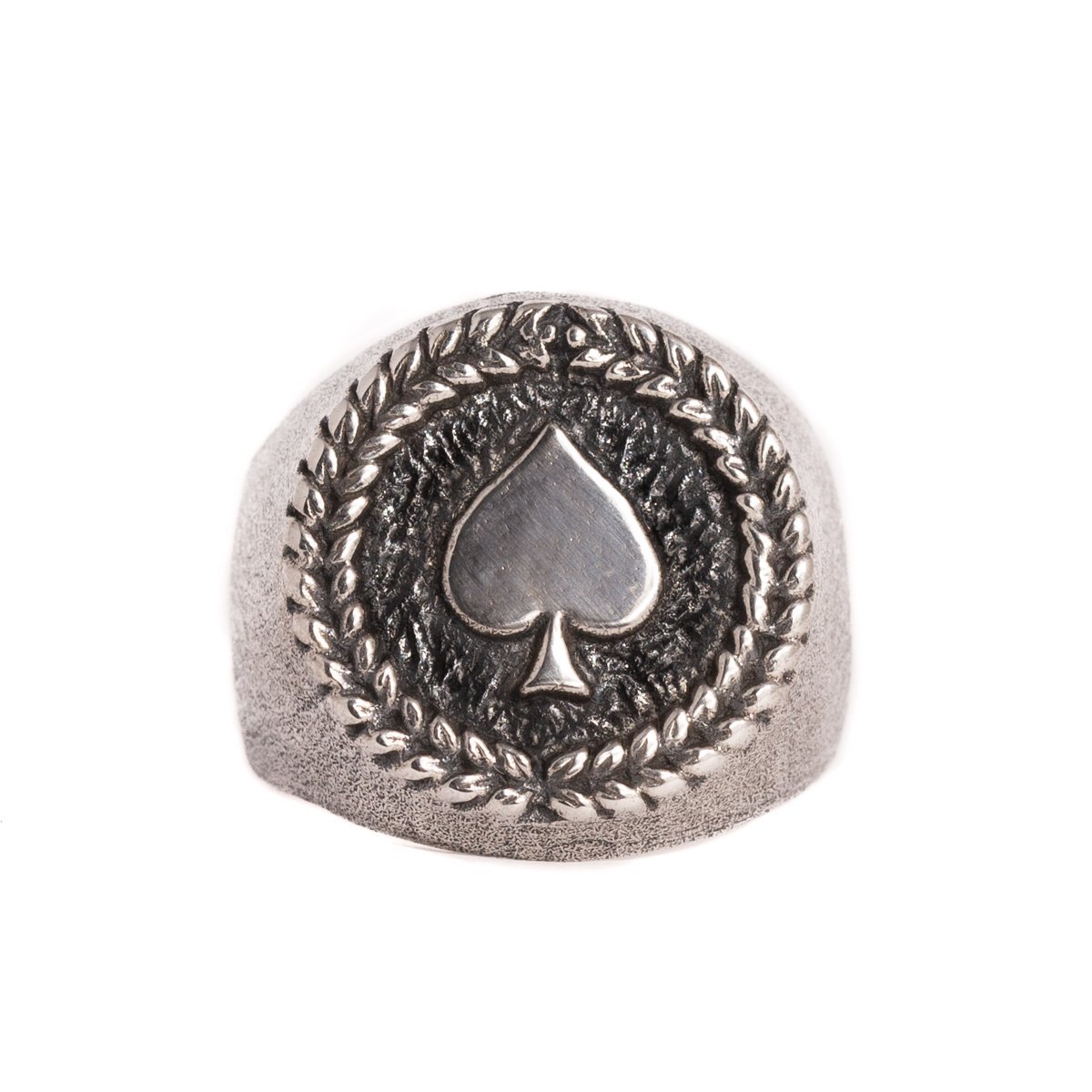by Jesús Zabala - 5 min read
Is Sterling Silver Hypoallergenic
Hypoallergenic jewelry is not only a fashion statement but a relief for individuals struggling with skin sensitivities. If you’ve experienced itching, rashy, and blotchy skin after wearing conventional jewelry, you may be allergic to the jewelry metals. However, there are many ways you can express yourself with accessories without causing allergies. So, what is hypoallergenic jewelry, and is sterling silver hypoallergenic?
This metal has been cherished for centuries due to its timeless and elegant properties, allowing everyone to embrace the art of self-expression. But it is also an excellent example of how hypoallergenic properties can be a game-changer for fashionistas who struggle with allergies caused by inexpensive jewelry.
In this article, we will discuss everything you need to know about allergy reactions caused by jewelry metal. Discover more about sterling silver and whether it’s hypoallergenic.

Understanding Sterling Silver
Sterling silver has been a remarkable centerpiece in jewelry for centuries. This metal is known for its uniqueness, distinctive texture, mesmerizing color, and harmony with the human body. So, whether you're looking for everyday accessories or timeless statement pieces, you'll undoubtedly find your sterling silver jewelry match in our collections.
Typically, this metal is an alloy of silver containing 92.5% silver, with the remaining 7.5% of other metals such as zinc, copper, or nickel. The mixture of silver and other metals makes sterling silver much more durable and less prone to damage.
Unlike pure silver, sterling silver can withstand extreme conditions and won’t tarnish. These unique properties and characteristics make it one of the most popular choices in both jewelry-making and silverware production, as well as the fashion industry. With proper care, you know your pieces can be the same even after years of use.
However, you should be aware that true 925 sterling silver doesn’t come cheap. The extra cost is undoubtedly worth it. So, we’ll provide you with the best quality, value, and longevity of the piece. You can choose from sterling silver rings to earnings, necklaces, and much more custom-made jewelry.
Allergies to Metals in Jewelry
Metal allergies and skin sensitivities can be a complex issue. This is often a common cause of contact allergic dermatitis, which is an inflammation of the skin triggered by metals found in jewelry. People will typically notice symptoms between 12 and 48 hours, while the reaction may last between two and four weeks. Symptoms may include rash, redness, itching, dry patches or blisters.
Furthermore, many people may believe they are allergic to gold or silver when experiencing a reaction. However, this is not always the case, as the metal’s alloys cause most jewelry allergic reactions. They’re used in the manufacturing process and are often the base metal, which is then plated with gold or silver. So, the common allergenic metals you may be sensitive to are:

Is Sterling Silver Hypoallergenic?
Hypoallergenic refers to any product relatively unlikely to trigger an allergic reaction. Such jewelry offers an opportunity to avoid the side effects of allergy-inducing metals for people with sensitive skin. Plus, different jewelry are manufactured differently, which affects how hypoallergenic they are. But are sterling silver earrings hypoallergenic?
While 92.5% of this metal is silver, the remaining part can be filled with other types of metals. Most commonly, the remaining percentage is copper, a hypoallergenic metal. In this case, sterling silver may be considered hypoallergenic. Its hypoallergenic nature may reduce or even avoid the side effects of alloys, like rashes, redness, and itchy skin.
On the other side, many manufacturers may use a cheaper alternative to copper and mix the silver with nickel. Jewelers often offer nickel-free sterling silver as many people may experience skin irritations and reactions from this metal.
However, whether or not this alloy triggers allergies might vary from person to person. Sterling silver is much less likely to cause allergic reactions than other metals. So, skin-sensitive people may confidently accessorize with our stunning sterling silver jewelry as it’s a far more suitable and safer option. For example, you can check the Sakha Necklace, Good Luck Desert Flower Pendant Necklace, etc.
Considerations for Individuals With Metal Allergies
Individuals with metal allergies must carefully consider the variations in sterling silver alloys. Common allergic metals may include nickel or cobalt, which may lead to reactions like irritation and rashes. To avoid this response, we offer you jewelry that’s nickel-free or cobalt-free to reduce the risk of allergies even further.
Additionally, something else you may see in jewelry is silver that's just silver-plated. This means that there is a thin layer of pure silver coating over the base metal. However, you should be aware that this layer is easily scratchable. This may expose your skin to whatever metal is underneath and cause reactions.
Another term you may run into is silver-filled. This type is similar to silver plating with a thicker layer of silver. While this layer is more durable and solid, it’s not guaranteed that it won’t flake off or cause an allergic reaction.
It’s also important to regularly maintain and clean newly purchased jewelry to avoid any potential allergens. By being considerate and vigilant about the metals your accessories come with, individuals with sensitive skin may enjoy an irritation-free and comfortable lifestyle.

Conclusion
Is sterling silver hypoallergenic? Sterling silver is generally considered hypoallergenic due to its high silver content. For the majority, sterling silver might be an entirely safe and suitable option for jewelry. However, it’s essential to recognize the variety of alloys this accessory comes with.
Due to the presence of alloying metals like nickel or cobalt, it may cause skin reactions in some individuals. To address these issues, opting for nickel-free or cobalt-free sterling silver can be an effective solution.
Hopefully, this article provided you with insightful information on sterling silver. Ultimately, whether or not sterling silver is suitable for you may entirely depend on your specific sensitivity and the composition of the alloy. So, you can check our collections and ensure you get the best quality!
-
DESIGNED & HANDMADE IN BALI
-
FREE RESIZING FOR EVERY PIECE
-
FREE SHIPPING ON $150+ ORDERS
-
100% SAFE & SECURE CHECKOUT

